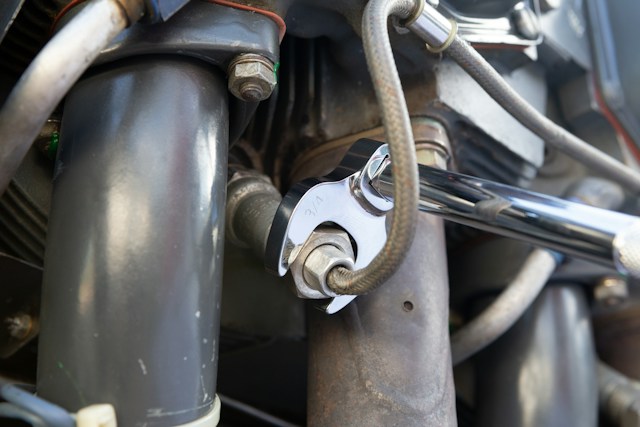New Zealand’s Duke Engines has done the unthinkable by successfully creating a unique axial engine prototype that boasts excellent power and torque, without utilizing any valves whatsoever.
The engine is lighter and smaller than anything comparable, not to mention more simplistic than the existing technology.
The 3-liter, five cylinder Duke Axial Engine utilizes an innovative valveless ported design in order to crank out 215 horsepower and 250 lb-ft of torque at 4,500rpm.
Essentially, the new engine prototype is lighter, more compact and already slightly more powerful than a typical equivalent engine, with much fewer moving parts than conventional engines.
The Duke engine is an axial design, meaning its five cylinders encircle the drive shaft and run parallel with it. The pistons drive a star-shaped reciprocator, which nutates around the drive shaft, similar to a spinning coin coming to rest on a table.
The reciprocator’s center point drives the central drive shaft, which rotates in the opposite direction to the reciprocator. “That counter-rotation keeps it in tidy balance,” said Duke co-founder John Garvey. “If you lay your hand on it while it’s running, you can barely detect any motion at all, it’s quite remarkable.”
Duke is able to run a five-cylinder engine with merely three spark plugs and three fuel injectors thanks to the cylinders rotating past intake and outlet ports in a stationary head ring, where the spark plugs are also mounted. This allows the cylinders to simply slide past each port or plug at the stage of the cycle it’s needed for and move on, eliminating the need for valves.
Incredibly, the compact engine churns out as many power strokes per revolution as a six cylinder engine, all while having less weight and less engine parts.
Duke Engines reports the company has achieved compression ratios as high as 14:1 with regular 91-octane gasoline.
In an interview with Gizmag, Garvey said “we’ve developed the engine to the point where we feel it’s ready to be commercialized. But we’re still without funding, and we’re looking for the right application to build toward. The engine seems suitable for a wide range of functions, but we need to find the right funding partner to develop it toward a niche that can maximize its advantages.”
To begin the process of commercializing the new technology, Duke has teamed up with engine development company Mahle in the United States.
Garvey added, “The estimate is that it’s probably a process of a couple years to get it to production ready. This has been a huge undertaking, and sometimes you wonder if you should have started in the first place – but we’ve built an engine with some impressive advantages over current technology. It’s the smallest and lightest engine around for its displacement and power output.”
“Even our prototypes are outperforming established engines of the same displacement and there’s a lot of development left in there for further weight reduction and performance gains. So we’re very optimistic.”





